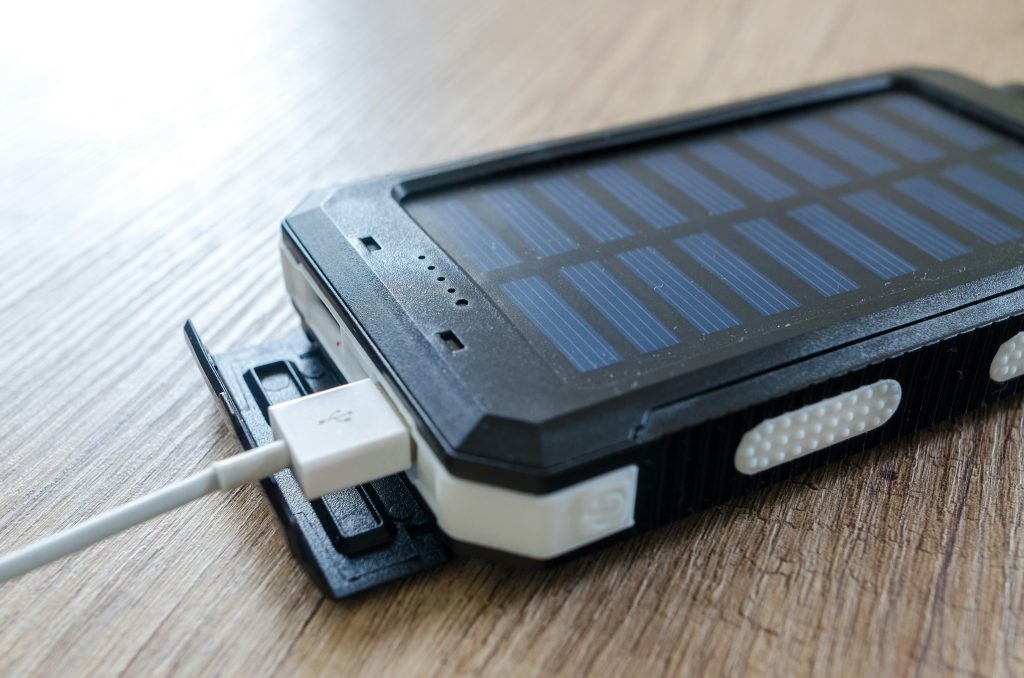Table of Contents
Batteries are ubiquitous in modern life, powering everything from smartphones and laptops to electric vehicles and renewable energy storage systems. As essential energy storage devices, batteries have undergone significant advancements in technology, efficiency, and sustainability. This article explores the evolution of batteries, their diverse applications, environmental impact, and future innovations shaping the energy landscape.

Understanding Batteries
Batteries are electrochemical devices that store and release electrical energy through chemical reactions. They consist of one or more electrochemical cells, each comprising positive (cathode) and negative (anode) electrodes separated by an electrolyte. When connected in a circuit, batteries convert chemical energy into electrical energy, powering devices or storing energy for later use.
Types of Batteries
1. Primary Batteries
Primary batteries are single-use batteries designed for one-time energy discharge. Common examples include alkaline batteries used in household devices and button cells in small electronics.
2. Secondary Batteries (Rechargeable Batteries)
Secondary batteries are rechargeable and can be reused by reversing the electrochemical reactions through external electrical energy input. They include lithium-ion batteries, lead-acid batteries, nickel-metal hydride (NiMH) batteries, and others used in various applications.
Applications of Batteries
1. Consumer Electronics
Batteries power smartphones, tablets, laptops, cameras, and wearable devices, providing portable and reliable energy sources for daily use.
2. Electric Vehicles (EVs)
Lithium-ion batteries dominate the EV market, powering electric cars, buses, and trucks. Advancements in battery technology have extended driving ranges and reduced charging times, driving the transition towards sustainable transportation.
3. Renewable Energy Storage
Batteries play a crucial role in storing intermittent renewable energy sources such as solar and wind power. Grid-scale battery storage systems provide stability to electrical grids by storing surplus energy for use during peak demand periods.
4. Aerospace and Defense
Batteries power aircraft systems, satellites, and military equipment, requiring high-performance and reliability in extreme conditions.

Technological Advancements
1. Lithium-ion Batteries
Lithium-ion (Li-ion) batteries revolutionized portable electronics and EVs with high energy density, lightweight design, and longer lifespan compared to previous battery technologies.
2. Solid-State Batteries
Solid-state batteries use solid electrolytes instead of liquid electrolytes found in traditional Li-ion batteries. They promise higher energy densities, enhanced safety, and faster charging capabilities, driving innovation in EVs and electronics.
3. Flow Batteries
Flow batteries store energy in liquid electrolytes stored in external tanks, offering scalability and flexibility for grid-scale energy storage applications.
Environmental Considerations
1. Recycling and Sustainability
Effective battery recycling programs are crucial to recover valuable materials like lithium, cobalt, nickel, and rare earth elements. Recycling reduces environmental impact, conserves resources, and supports a circular economy.
2. Lifecycle Analysis
Assessing the environmental footprint of batteries includes evaluating impacts from raw material extraction, manufacturing processes, energy consumption, and end-of-life disposal. Sustainable practices focus on reducing emissions and minimizing ecological damage throughout the lifecycle.
3. Environmental Regulations
Global regulations aim to improve battery sustainability and minimize hazardous substances. Initiatives include eco-design directives, recycling mandates, and restrictions on toxic materials in battery production.

Future Trends and Innovations
1. Beyond Lithium-ion
Research continues on next-generation battery technologies, including solid-state batteries, sodium-ion batteries, and lithium-sulfur batteries, offering higher energy densities, faster charging rates, and improved safety.
2. Energy Storage Solutions
Advancements in battery storage technologies support the integration of renewable energy sources into electrical grids, enhancing reliability and resilience against fluctuations in supply and demand.
3. Sustainability Initiatives
Industry collaborations and government policies promote sustainable battery manufacturing, recycling infrastructure development, and eco-friendly materials sourcing to reduce environmental impact.
Conclusion
Batteries are indispensable to modern technology and sustainability efforts, driving innovation across industries from electronics to transportation and renewable energy. As demand for energy storage grows, advancements in battery technology and sustainable practices will play a crucial role in shaping a cleaner and more efficient energy future. By prioritizing efficiency, safety, and environmental stewardship, the evolution of batteries continues to power progress towards a sustainable and electrified world.


